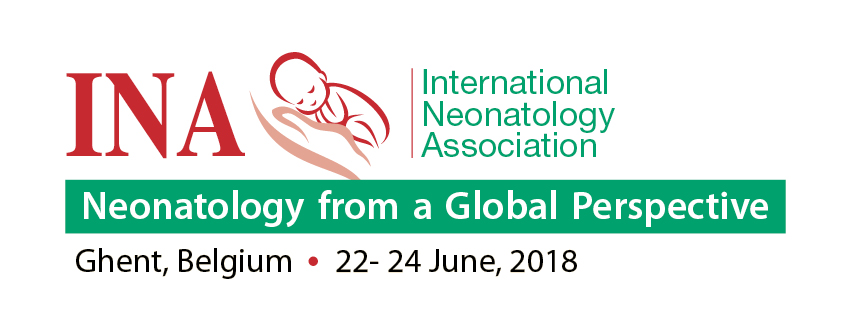Commentary, Res J Clin Pediatr Vol: 7 Issue: 1
Hypoxic-Ischemic Encephalopathy: Causes, Symptoms, and Management
Leon James*
1Department of Pediatrics, University of Belgrade, Studentski trg 1, Beograd, Serbia
*Corresponding Author: Leon James
Department of Pediatrics, University of
Belgrade, Studentski trg 1, Beograd, Serbia;
E-mail: leon.james@uppsala.se
Received date: 16 February, 2023, Manuscript No. RJCP-23-96131;
Editor assigned date: 20 February, 2023, PreQC No. RJCP-23-96131 (PQ);
Reviewed date: 10 March, 2023, QC No. RJCP-23-96131;
Revised date: 17 April, 2022, Manuscript No. RJCP-23-96131 (R);
Published date: 24 April, 2023, DOI: 10.4172/Rjcp.1000133
Citation: James L (2023) Hypoxic-Ischemic Encephalopathy Causes, Symptoms, and Management. Res J Clin Pediatr 7:1.
Description
Hypoxic-Ischemic Encephalopathy (HIE) is a devastating condition that results from a lack of oxygen to the brain, leading to brain injury. HIE can occur in infants and adults, and its effects can range from mild to severe. This manuscript provides an overview of HIE, including its causes, symptoms, and management. The manuscript also highlights the importance of early diagnosis and treatment to prevent further brain damage.
Hypoxic-Ischemic Encephalopathy (HIE) is a condition that occurs when the brain is deprived of oxygen, leading to brain injury. HIE can result from a variety of causes, including asphyxia during birth, cardiac arrest, drowning, or respiratory failure. HIE can lead to significant morbidity and mortality, particularly in infants, where it is a leading cause of death and long-term neurodevelopmental disability.
Causes of HIE
HIE can result from various causes that lead to oxygen deprivation in the brain. The most common cause of HIE in infants is perinatal asphyxia, which occurs when the baby's brain does not receive enough oxygen during delivery. Other causes of HIE in infants include maternal complications during pregnancy, such as placental abruption, maternal hypertension, or infections that can cause fetal distress.
In adults, HIE can occur as a result of cardiac arrest, drowning, or respiratory failure. Other causes of HIE in adults include carbon monoxide poisoning, drug overdose, or severe anemia.
Symptoms of HIE
The symptoms of HIE can vary depending on the severity of the injury and the age of the patient. In infants, the symptoms of HIE can include poor feeding, lethargy, seizures, and decreased muscle tone. In severe cases, infants may experience respiratory distress, heart failure, or multi-organ failure.
In adults, the symptoms of HIE can include confusion, memory loss, seizures, and difficulty speaking or moving. In severe cases, adults may experience coma, cardiac arrest, or multi-organ failure.
Management of HIE
The management of HIE depends on the severity of the injury and the age of the patient. In infants, the immediate management of HIE includes resuscitation, oxygen therapy, and supportive care. Hypothermia therapy is also a promising treatment for infants with HIE, as it can reduce brain injury and improve long-term outcomes.
In adults, the management of HIE includes immediate resuscitation and oxygen therapy. If the cause of HIE is cardiac arrest or drowning, cardiopulmonary resuscitation (CPR) may be necessary. Treatment for carbon monoxide poisoning includes oxygen therapy and hyperbaric oxygen therapy.
Prognosis
The prognosis for patients with HIE depends on the severity of the injury and the age of the patient. In infants, the prognosis is best if HIE is diagnosed and treated early. Early intervention with hypothermia therapy can improve outcomes and reduce the risk of long-term neurodevelopmental disability.
In adults, the prognosis for HIE depends on the underlying cause of the injury and the severity of the brain damage. Patients with mild to moderate HIE may recover with supportive care and rehabilitation. However, patients with severe HIE may experience permanent neurological deficits or require long-term care.
Conclusion
Hypoxic-Ischemic Encephalopathy (HIE) is a serious condition that results from oxygen deprivation to the brain. The causes of HIE can vary, but early diagnosis and treatment are essential for improving outcomes and reducing long-term neurodevelopmental disability. Management of HIE depends on the severity of the injury and the age of the patient.
 Spanish
Spanish  Chinese
Chinese  Russian
Russian  German
German  French
French  Japanese
Japanese  Portuguese
Portuguese  Hindi
Hindi 
